When to water a violet, is this true?
meyermike_1micha
14 years ago
Related Stories
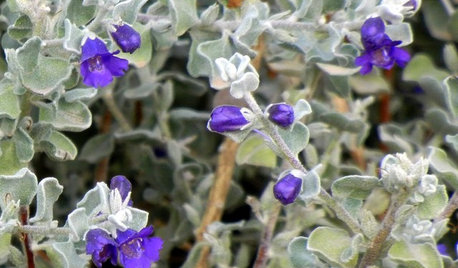
GARDENING GUIDESGreat Design Plant: Violet Silverleaf Thrives on Scant Water
Purple flowers transform silvery, sun-loving Leucophyllum candidum, while its easy care may change your gardening routine
Full Story
DECORATING GUIDESLearn When to Splurge for True Design Happiness
Sometimes treating yourself is exactly right — despite that whole impracticality thing
Full Story
CONTAINER GARDENSContainer Garden Basics: How and When to Water Potted Plants
Confused about soil moisture, the best time to water and what watering device to use? This guide can help
Full Story
CONTRACTOR TIPSBuilding Permits: When a Permit Is Required and When It's Not
In this article, the first in a series exploring permit processes and requirements, learn why and when you might need one
Full Story
LIFETrue Confessions of a House Stalker
Letting go when a new owner dares to change a beloved house's look can be downright difficult. Has this ever happened to you?
Full Story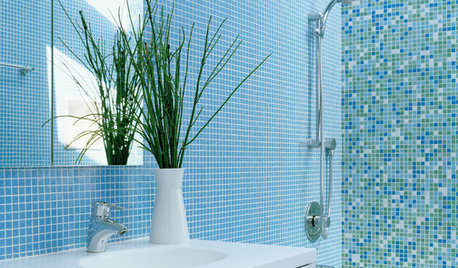
COLORBathed in Color: When to Use Blue in the Bath
Look skyward or to the waters in nature for a soothing, spa-like bathroom
Full Story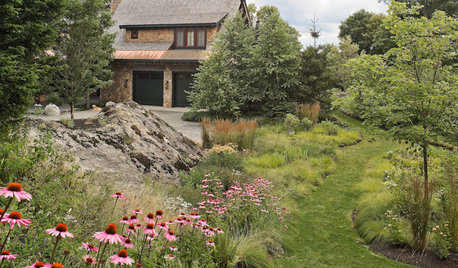
GARDENING GUIDES13 Risks to Take for True Garden Rewards
Go ahead, be a rebel. Breaking rules in the garden can lead to more happiness, creativity and connection with the earth
Full Story
COLORNo Need to Shrink From Violet
With shades from soft to rich and uses from a droplet to a wave, there’s a violet that will work for you
Full Story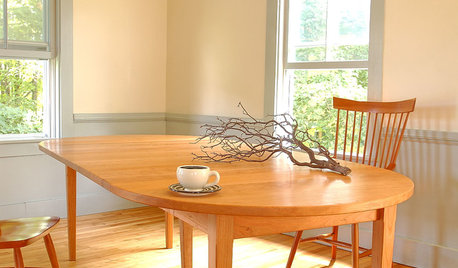
DECORATING GUIDESStrange but True Parallels Between Early Western and Old Japanese Style
Part 1 of our 'wabi-sabi' series: in which Shaker and Arts and Crafts designs reveal simplicity, modesty and integrity
Full Story
FUN HOUZZ31 True Tales of Remodeling Gone Wild
Drugs, sex, excess — the home design industry is rife with stories that will blow your mind, or at least leave you scratching your head
Full Story






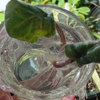
fred_hill
lathyrus_odoratus
Related Professionals
Kenmore Landscape Architects & Landscape Designers · New Mexico Landscape Architects & Landscape Designers · Saint Louis Park Landscape Architects & Landscape Designers · San Juan Landscape Architects & Landscape Designers · Tempe Landscape Contractors · Berkeley Heights Landscape Contractors · Beverly Hills Landscape Contractors · Boca Raton Landscape Contractors · Clark Landscape Contractors · Cockeysville Landscape Contractors · Lakewood Landscape Contractors · Lees Summit Landscape Contractors · Little Ferry Landscape Contractors · Red Oak Landscape Contractors · Reisterstown Landscape Contractorsmeyermike_1michaOriginal Author
nwgatreasures
meyermike_1michaOriginal Author
lathyrus_odoratus
fred_hill
avfriend
nwgatreasures
meyermike_1michaOriginal Author
irina_co
meyermike_1michaOriginal Author
meg_91
irina_co
meg_91
nwgatreasures
meg_91
irina_co
nwgatreasures
lathyrus_odoratus
meg_91
nwgatreasures
lathyrus_odoratus
irina_co
lathyrus_odoratus
irina_co
nwgatreasures
irina_co
lathyrus_odoratus
okie_deb
lathyrus_odoratus
nwgatreasures
nwgatreasures
fred_hill
irina_co